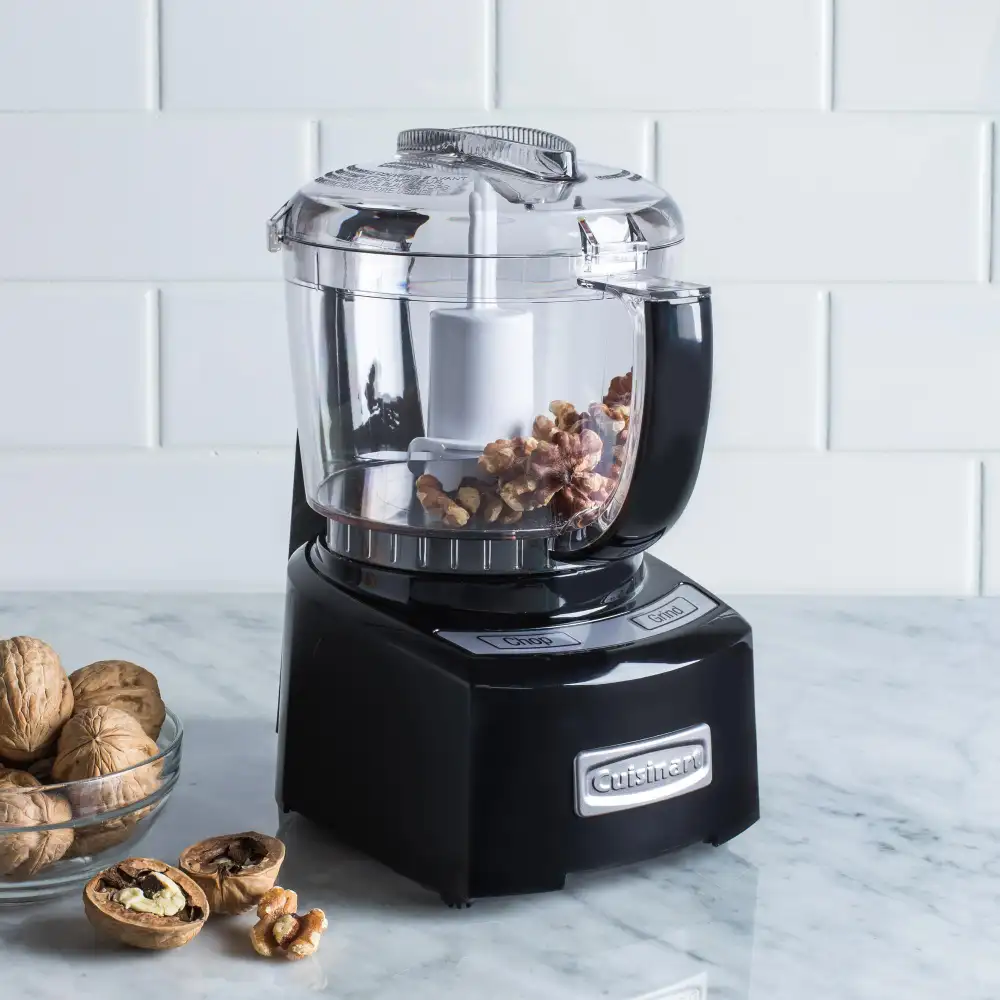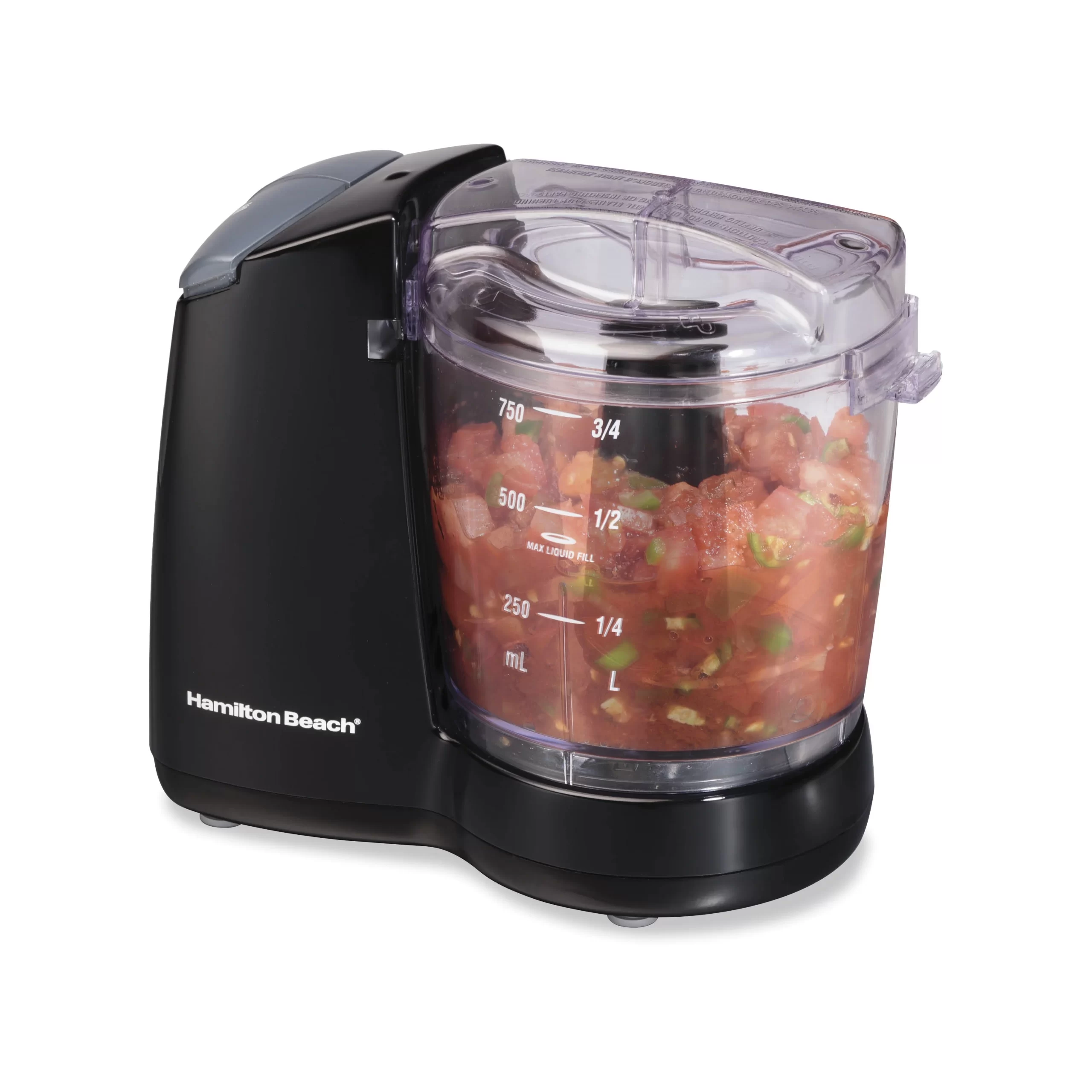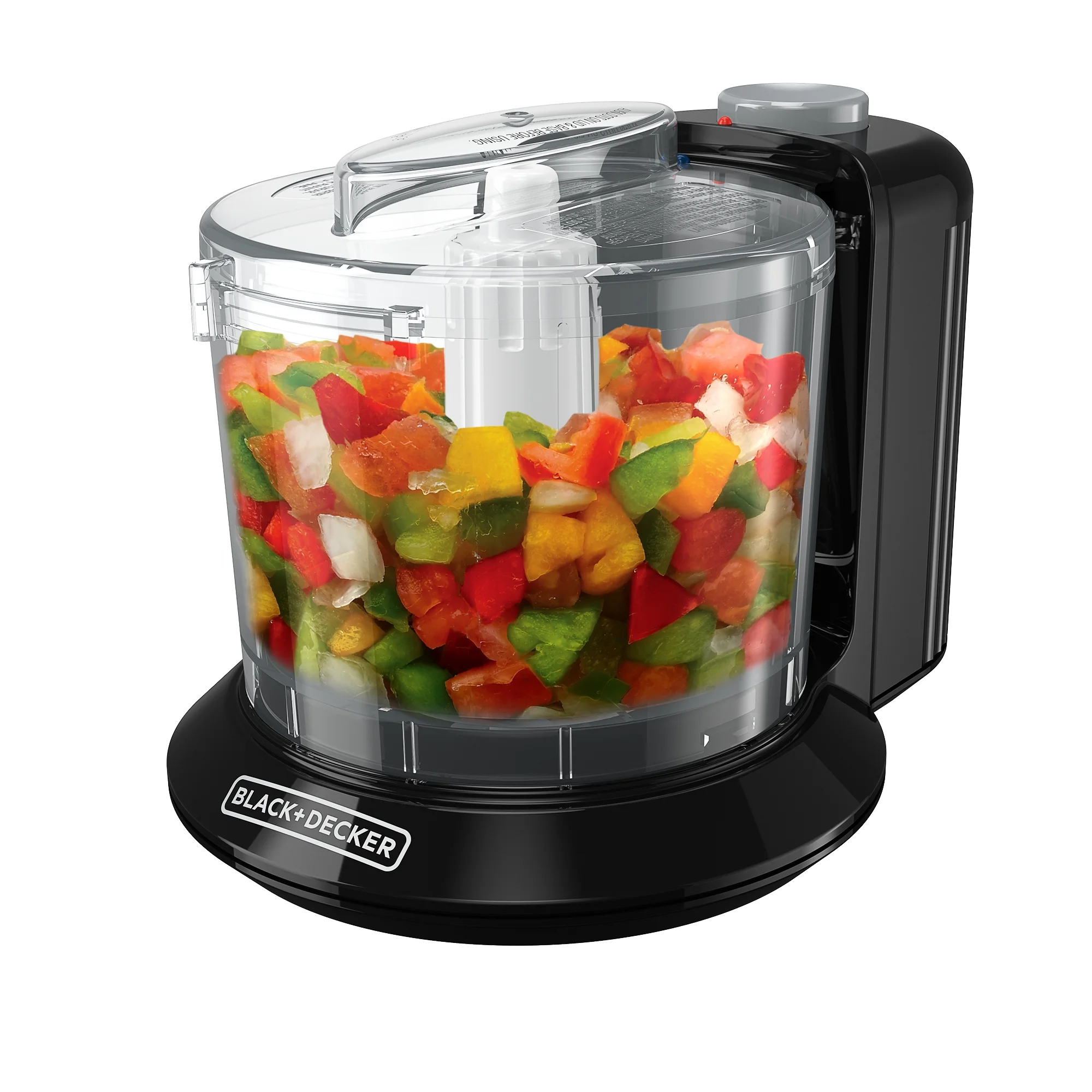
Introduction to Food Preparation Appliances
In the bustling world of cooking, having the right tools can make all the difference. Enter food preparation appliances: essential helpers in any kitchen. They come in various forms, with food choppers and processors being among the most popular. These devices streamline chopping, dicing, and blending tasks, saving time and effort. While both are designed to simplify your culinary endeavors, they have unique features and uses. Understanding these differences is key to choosing the right one for your cooking needs. In this section, we’ll explore the basics of food choppers and processors, laying the groundwork for a deeper dive into their distinct advantages and functions.

Food Chopper: Compact Convenience for Smaller Tasks
A food chopper is a small, yet powerful kitchen tool, perfect for quick and easy tasks. With its compact size, it’s an excellent fit for small kitchens or limited storage spaces. Unlike food processors, food choppers are simple in design and typically operate at the push of a button.
Food choppers are ideal for making dips, salsas, or chopping nuts and vegetables. They come in various sizes, usually ranging from one to four cups in capacity. While they lack the multiple attachments found in food processors, their single sharp blade is efficient for straightforward chopping and mincing tasks.
When considering purchasing a food chopper, the following factors are essential: choose one with a sturdy build, easy-to-clean parts, and a motor powerful enough to handle your most common kitchen tasks. Look for models with a clear bowl to monitor the chopping process and ensure uniform results.
For those who cook in smaller quantities or need a portable option, a food chopper is a smart choice. It’s quick to set up and operate, making meal prep faster and less daunting. Its price point is also lower than that of a typical food processor, making it a budget-friendly option for casual cooks and those who make simpler dishes.
In summary, a food chopper is the go-to appliance when space is at a premium and you need to perform basic chopping tasks quickly and economically.
Food Processor: Versatile Tool for Various Culinary Challenges
A food processor is a multi-functional appliance, ideal for tackling a variety of kitchen tasks. Its versatility and larger size make it suitable for preparing big meals, handling heavy ingredients, and performing complex processes like kneading dough or grinding meat.
When you’re in the middle of culinary challenges that require more than just chopping, a food processor proves its worth. From making smooth purees and sauces to kneading dough for your baking needs, this appliance is equipped to handle it all. The robust motor and multiple blade options surpass the capabilities of a regular food chopper. Larger in capacity, food processors can hold up to 16 cups, catering to the needs of bigger households or meal prepping sessions.
Food processors come with a variety of attachments and settings, allowing for customisation for tasks like slicing, shredding, and grating – options not available with a basic food chopper. Although they come with a higher price tag, investing in a food processor could mean a consolidation of several other appliances, proving economical in the long run.
While choosing the right food processor, look for one with a sturdy base to ensure stability during operation. The presence of a safety lock, a wide feed tube for adding ingredients, and dishwasher-safe parts for ease of cleaning are also key considerations.
In summary, if your kitchen exploits include frequent and diverse food preparation, the food processor is your ally. It can efficiently manage large quantities and diverse recipes, making it indispensable for the adventurous home chef or anyone who frequently cooks in bulk.
 Key Differences: Capacity, Functionality, and Size
Key Differences: Capacity, Functionality, and Size
When weighing the pros and cons of a food chopper versus a food processor, it’s essential to consider capacity, functionality, and size. These aspects are key to determining which appliance suits your cooking style and needs best.
Capacity
A significant difference between food processors and choppers lies in their capacity. Food choppers are smaller, designed for quick tasks, and typically hold between 1 to 4 cups. In contrast, food processors boast larger bowls, with the ability to manage up to 16 cups of ingredients. This makes food processors suitable for big meals or bulk preparations.
Functionality
While choppers focus on basic chopping and mincing, processors provide varied functions. A food processor can chop, slice, knead, and even puree, thanks to its various attachments and settings. This broad range of functions enables more complex culinary tasks, not possible with a chopper.
Size
Size can dictate your choice, especially with limited kitchen space. Food choppers are compact and easy to store, making them excellent for smaller kitchens. On the flip side, food processors are generally larger, require more storage room, and may not be the best fit for tight spaces.
By acknowledging these distinctions, you can better assess which appliance is the right addition to your kitchen arsenal. Both bring value, but it depends on the volume of food you’re preparing, the variety of tasks you undertake, and the space you can allocate.
Shopping Guide: What to Look For in a Food Chopper
When shopping for a food chopper, consider these features:
- Size and Capacity: Think about how much food you’ll chop. Choose a size that fits your needs.
- Motor Power: Look for a motor strong enough for your tasks. A powerful motor means quicker chopping.
- Blade Quality: Sharp, durable blades ensure efficient and uniform chopping.
- Ease of Cleaning: Removable parts that are dishwasher-safe will save cleaning time.
- Design and Build: A sturdy design will last longer. Make sure it is stable on your countertop.
- Additional Features: Some choppers come with extra features. Check for pulse functions or accessory kits.
- Price: Set a budget. Food choppers are generally affordable, but prices can vary.
- Brand and Warranty: Consider reputable brands with good warranties for peace of mind.
A quality food chopper is speedy, sharp, and simple to clean. It’s your best friend for small food prep tasks. Keep in mind the types of food you’ll chop. This will guide you to the right chopper for your kitchen. Once you’ve found a few potential options, read reviews and compare. Getting the best food chopper will boost your cooking game with minimal effort.
Shopping Guide: What to Look For in a Food Processor
When looking for a food processor, it’s important to think about your kitchen needs. Here are some factors to consider when choosing the right food processor for you:
- Capacity: Do you often cook for many people? Pick a processor with a bowl big enough for large recipes.
- Power and Speed: A strong motor means fast and efficient processing. Check the wattage and speed options.
- Blades and Attachments: Varied attachments expand what you can do. Think slicing, dicing, and kneading.
- Feeder Tube Size: A wide feeder tube lets you add large pieces. It saves time on pre-cutting.
- Sturdiness and Durability: A heavy base prevents movement. Look for lasting materials.
- Safety Features: Look for locks that keep blades away from hands. Safety can’t be overlooked.
- Ease of Cleaning: Consider if parts are dishwasher-safe. Easy cleaning saves you time.
- Price Point: Define your budget as processor prices vary. Balance cost with desired features.
- Brand Reliability and Warranty: Choose trusted brands. Good warranties add security.
Select a processor that matches your cooking style and budget. With the right food processor, tasks like shredding cheese or making dough become easy. Use this guide to find a processor that will become a valued tool in your kitchen.
 Best Practices: When to Use a Food Chopper vs. a Food Processor
Best Practices: When to Use a Food Chopper vs. a Food Processor
Choosing between a food chopper and food processor depends on the task at hand. Here are best practices to guide you:
- Small Batches: Use a food chopper for small amounts like dips, herbs, or nuts.
- Quick Tasks: A chopper is perfect for speedy chopping jobs when in a hurry.
- Space-Saving: Pick a food chopper when working in a tight kitchen space.
- Limited Cleaning: Go for a chopper if you desire easy and fast cleanup.
- Budget-Friendly: Opt for a food chopper for its affordability and simplicity.
On the other hand, a food processor is the better choice for more extensive work:
- Large Meals: Processors handle bigger portions ideal for family dishes or parties.
- Diverse Functions: They offer multiple functions, from slicing to kneading.
- Complex Recipes: Best for recipes needing fine textures like purees or doughs.
- Time-Saver: A processor saves time with its versatile capabilities in one machine.
- Worth the Investment: If you cook often, a processor can be a cost-effective choice over time.
Remember to assess the food quantity, task complexity, and kitchen space before making a choice. A food chopper is quick and convenient for small-scale prep. A food processor is versatile and capable for larger, more varied culinary challenges.
Conclusion
In summary, both food choppers and food processors bring unique advantages to the kitchen. Food choppers excel in convenience and efficiency for simple tasks, making them perfect for quick meal prep. On the other hand, food processors offer versatility and power, catering to various complex cooking needs.
Ultimately, the choice between food chopper vs food processor boils down to your specific culinary requirements and preferences. By understanding the core differences between these appliances, you can select the one that best aligns with your cooking style and kitchen needs. Whether you opt for a food chopper to tackle quick tasks or a food processor for its multifunctionality, both can enhance your culinary adventures significantly.